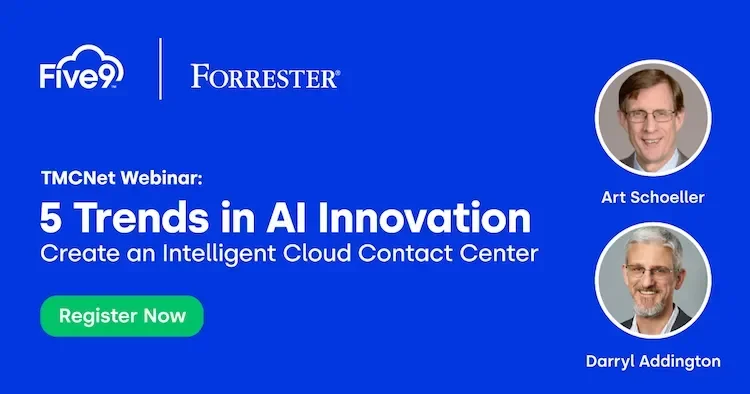
When Is Self-Service The Answer?
In Part 2 of our blog series, we talked about how IQVIA used voice-based AI to deliver a Conversational AI solution to their customers - making it easier for them to communicate why they were calling.
This is a very common problem. Unfortunately, callers don’t realize that bypassing the IVR to get to a live agent often results in worse service because that live agent does not know why they are calling and may not have the skills to help them. That being said, it is not the customers’ responsibility to figure out how to best interact with a business.
Part of the problem is that callers frequently don’t know whether the issue they are calling about requires a human. Often businesses assume that callers want to talk to a human and it’s their responsibility to steer them, often times unwillingly, towards self-service.
However, studies consistently show that customers are happy to use self-service. According to Harvard Business Review, 81% of all customers attempt to take care of issues themselves before reaching out to a live representative. But I would assert that they are happy to use it when they think, or know, it will work.
In fact, when a customer reaches out to a business, they usually have an idea of the severity of the problem. Problems can be broken down into two types: transactional and relational interactions. Determining which is which can serve as a guidepost to businesses as they map out their need for automation vs. human interactions.
Transactional problems include questions or simple fixes, such as:
- Where is my package?
- What is my account balance?
- How much data do I have left?
- I need to change my address.
Relational problems include questions with more complicated fixes that require human judgement or that put the relationship with the business at risk, such as:
- Can I get a refund on my travel that is being curtailed by local government mandates?
- Do you have special programs to reduce the hardship from my job loss?
- I ordered the piano bench 20 weeks ago and it was expected to arrive in two weeks. If it’s not coming, I want a refund?
If you map your customers’ interactions to these categories, transactional or relational, it can help determine when you should suggest self-service and when you should get out of the way and get the customer to an agent.
To learn more about automation with AI check out our White Paper: Deliver Faster, Better Customer Experiences With Intelligent Virtual Agents.



